Goal Overview
By 2030, reduce inequality within and among countries, ensuring that no one is left behind.
Key Targets and Indicators
- By 2030, progressively achieve and sustain income growth of the bottom 40% of the population at a rate higher than the national average.
- Indicator: Growth rates of household expenditure or income per capita among the bottom 40% of the population and the total population.
- By 2030, empower and promote the social, economic, and political inclusion of all, irrespective of age, sex, disability, race, ethnicity, origin, religion, or economic or other status.
- Indicator: Proportion of people living below 50% of median income, by age, sex, and persons with disabilities.
- Ensure equal opportunity and reduce inequalities of outcome, including by eliminating discriminatory laws, policies, and practices and promoting appropriate legislation, policies, and actions.
- Indicator: Proportion of people who report having personally felt discriminated against or harassed in the previous 12 months on the basis of a ground of discrimination prohibited under international human rights law.
- Adopt policies, especially fiscal, wage, and social protection policies, and progressively achieve greater equality.
- Indicator: Labour share of GDP, comprising wages and social protection transfers.
- Improve the regulation and monitoring of global financial markets and institutions and strengthen the implementation of such regulations.
- Indicator: Financial Soundness Indicators.
- Ensure enhanced representation and voice for developing countries in decision-making in global international economic and financial institutions to deliver more effective, credible, accountable, and legitimate institutions.
- Indicator: Proportion of members and voting rights of developing countries in international organizations.
- Facilitate orderly, safe, regular, and responsible migration and mobility of people, including through the implementation of planned and well-managed migration policies.
- Indicator: Number of countries with migration policies to facilitate orderly, safe, regular, and responsible migration and mobility of people.
Strategies and Actions
- Promote inclusive policies: Implement inclusive policies that address the needs of marginalized and disadvantaged groups, ensuring equal opportunities for all.
- Eliminate discrimination: Enforce and strengthen laws and regulations that eliminate discrimination in all its forms.
- Empower marginalized communities: Develop and support programs that empower marginalized communities, providing them with the tools and opportunities to improve their socio-economic status.
- Strengthen social protection: Expand and enhance social protection systems to ensure that all individuals, especially the most vulnerable, have access to essential services and support.
- Foster economic opportunities: Promote economic opportunities and inclusive growth through job creation, fair wages, and equitable access to resources.
- Encourage global cooperation: Enhance international cooperation to address global inequalities and ensure that developing countries have a voice in global economic decision-making.
FAO Actions to Support Monitoring
- Capacity building: Provide training and capacity-building programs to government officials and community leaders on policies and practices that reduce inequality.
- Technical assistance: Offer technical assistance in the development and implementation of national strategies and policies aimed at reducing inequality.
- Research and data collection: Conduct research and collect data on inequality to inform policy-making and track progress.
- Guidelines and best practices: Develop and disseminate guidelines and best practices for reducing inequality within and among countries.
- Advocacy and awareness: Promote awareness and advocate for policies that address inequality through campaigns, workshops, and public events.
Conclusion
Reducing inequality within and among countries is crucial for achieving sustainable development and ensuring that everyone has the opportunity to prosper. By promoting inclusive policies, eliminating discrimination, empowering marginalized communities, strengthening social protection, fostering economic opportunities, and encouraging global cooperation, we can achieve SDG 10 and create a more equitable world. Together, we can build societies where all individuals have the chance to thrive and contribute to their communities.
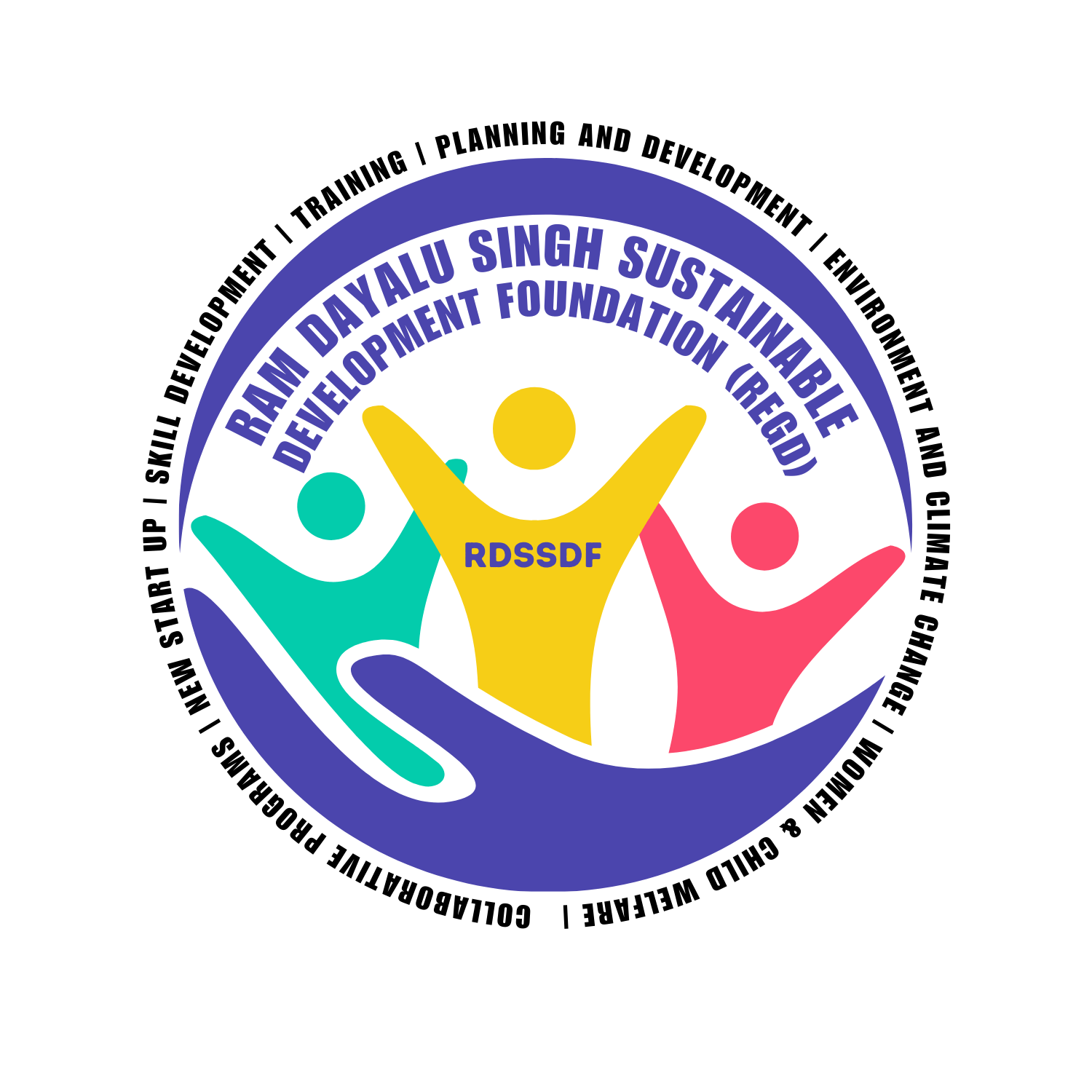

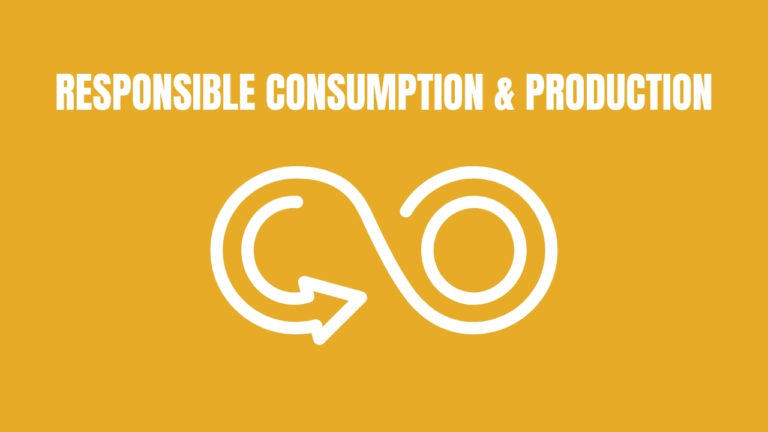
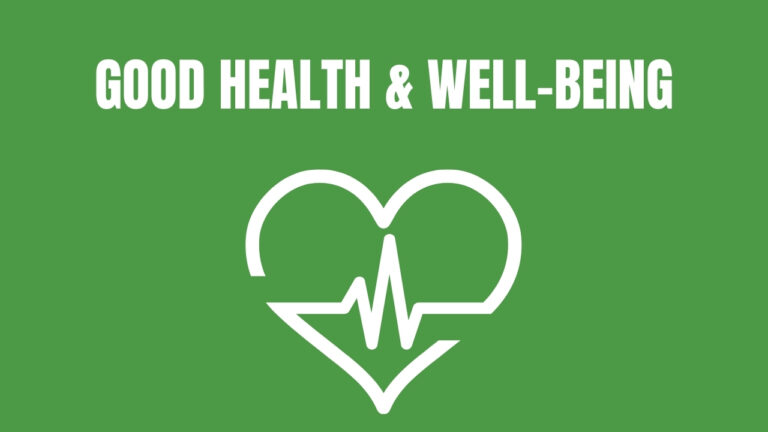
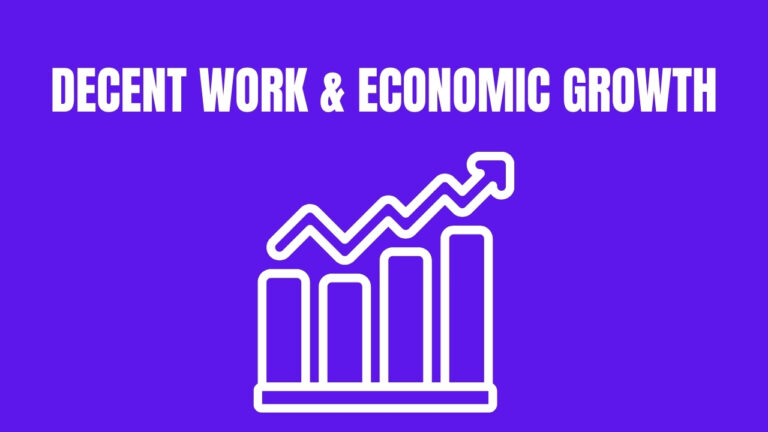
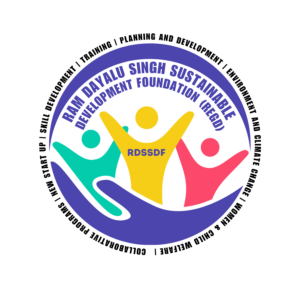 Welcome to Ram Dayalu Singh Sustainable Development Foundation (RDSSDF), a beacon of hope and progress for the sustainable development of India. As a National Level Public Charitable Trust, it is dedicated to providing comprehensive support and innovative solutions.
Welcome to Ram Dayalu Singh Sustainable Development Foundation (RDSSDF), a beacon of hope and progress for the sustainable development of India. As a National Level Public Charitable Trust, it is dedicated to providing comprehensive support and innovative solutions.